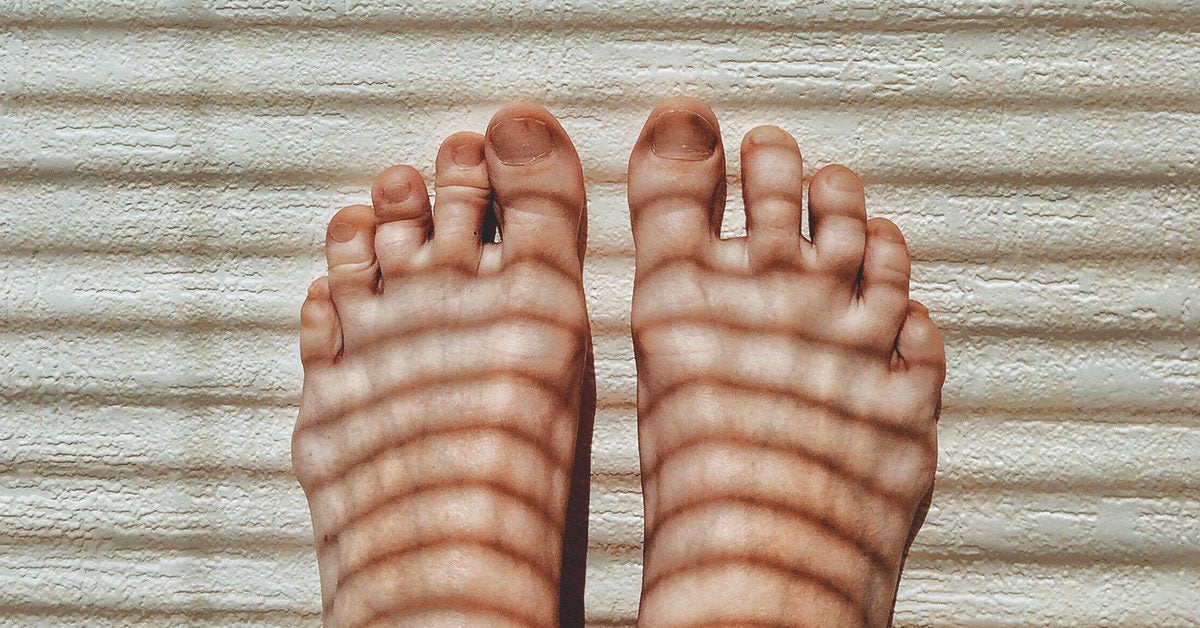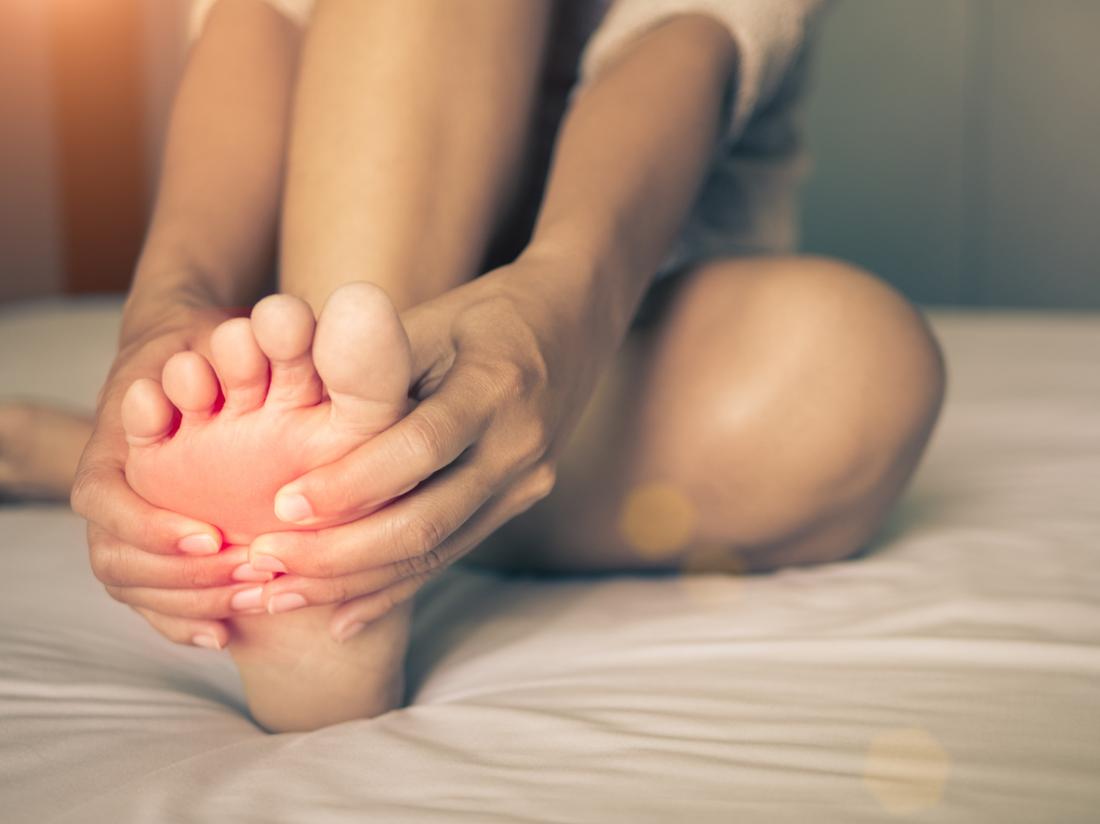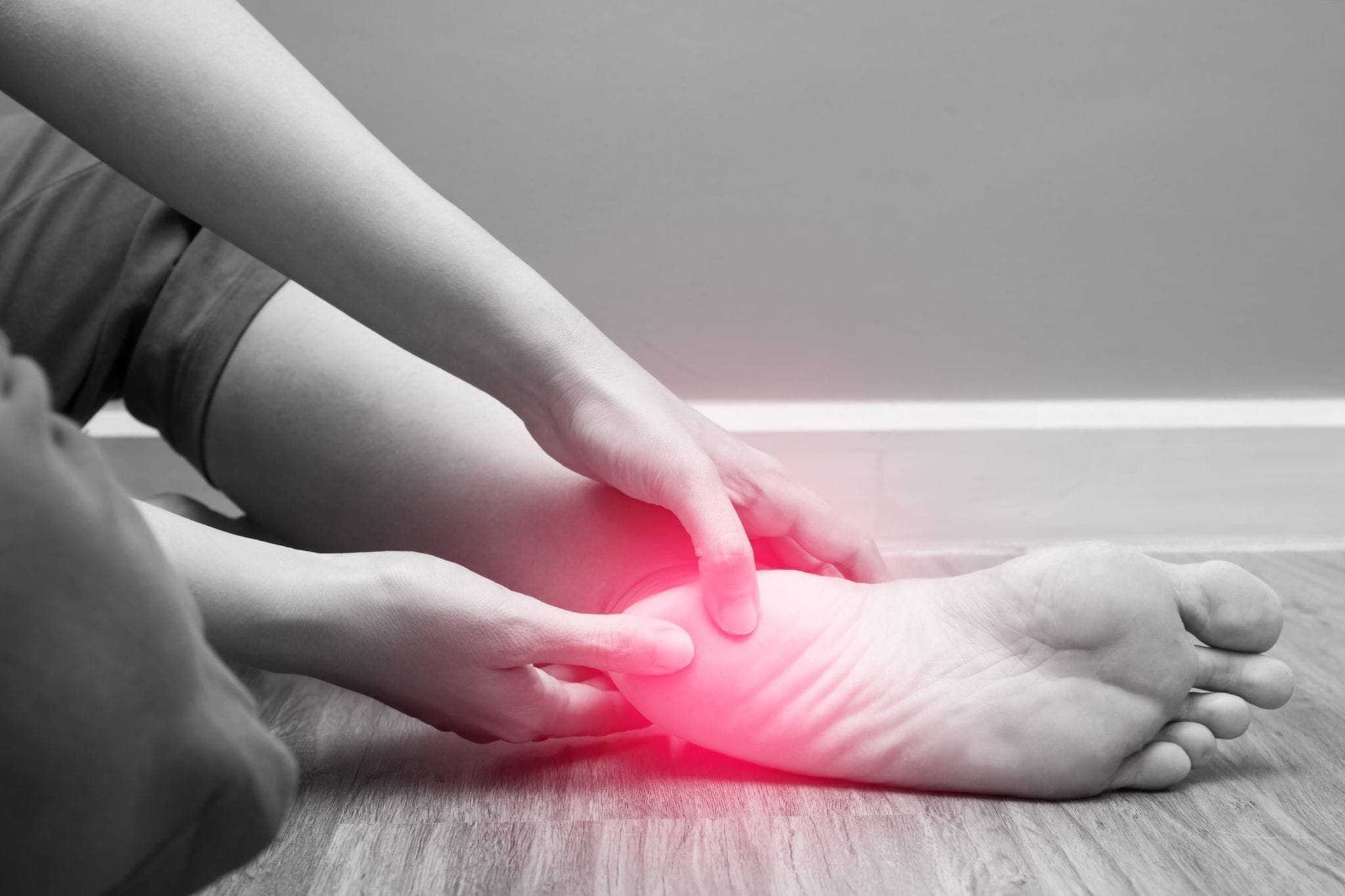Have you ever stopped to consider why your heels are so red? It’s a question you might not give much thought to, but the answer is actually quite fascinating. While some might assume that the redness is simply a sign of a bad sunburn, there are a number of unexpected reasons why your heels may be so red.
From an inherited disorder to a reaction to certain medications, understanding the cause of your red heels can help you take the necessary steps to treat them. Read on to discover the different, unexpected reasons why your heels are so red.

What causes redness on the heels?
The hard skin on your heels is more susceptible to injury or workout most areas of your body, which can lead to inflammation. This is likely the culprit behind the redness you experience on your heels. If you wear tight shoes that are rubbing against your heels, this can also cause skin irritation and result in redness.
Other potential causes of redness include dry, cracked heels; a fungal infection; psoriasis; eczema; a reaction to certain medications; bacterial infections; skin conditions; sunburns; allergens; and dermatitis. If you notice redness on your heels, you should visit a podiatrist for an evaluation. They will be able to determine the underlying cause of your red heels and recommend a treatment plan that’s right for you.
Inherited disorders
One inherited disorder that can cause redness on the heels is called erythropoietic porphyria (EPP), which causes the skin to become extremely sensitive to ultraviolet light. This can lead to redness, blisters, and even scarring. Some of the other symptoms related to EPP include joint pain, pain in the abdomen, and an increased risk of erythrocyte breakdown.
Reaction to certain medications
Certain medications can lead to inflammation of the skin and cause redness on the heels. For example, oral contraceptives and certain antibiotics can cause redness on the heels. However, if the redness on your heels doesn’t disappear once you stop taking the medication, you should speak with your doctor.

Bacterial infections
Bacterial infections are a common cause of redness on the heels. For example, interdigital erythrasma, which is caused by staphylococcus bacteria, commonly affects the soles of the feet and can cause redness. If you notice redness accompanied by a foul odor or pain, your heels may be infected. Treatment often involves cleaning the area with antiseptic soap and applying an antibiotic ointment to the soles of your feet.
Skin conditions
Some skin conditions can cause redness on the heels. For example, psoriasis is a common cause of redness on the heel. Psoriasis is an autoimmune disease that can be triggered by a number of factors, including injury, sun exposure, stress, and certain medications.
Psoriasis causes dead skin cells to build up on the skin, forming scaly patches that can be red or silvery in color. Treatment for psoriasis can be challenging but varies depending on the severity of the condition.
Sunburns
If the redness on your heels is accompanied by a burning or stinging sensation, you may have a sunburn. If you notice redness on the back of your legs, you may also have a sunburn on your knees. The best way to prevent sunburns on the heels and knees is to wear high-SPF sunscreen and protective clothing when you’re in the sun.
Make sure to apply sunscreen generously 30 minutes before you go out, and reapply it every two hours, or immediately after swimming or sweating.
Allergens
Allergens like pollen, animal hair, and dust can cause redness on the heels. For example, if you spend a lot of time outdoors, you may notice redness on your heels, which is a sign of pollen allergy. If you notice redness accompanied by a persistent itchy feeling, you may have an allergy.
The best way to treat allergies is to avoid allergens. Try to stay indoors when pollen counts are high, and make sure to clean your house frequently, paying special attention to your bedroom.

Dermatitis
Skin conditions like atopic dermatitis (eczema) and irritant contact dermatitis can cause redness on the heels. The symptoms of these conditions include red, itchy skin that may be accompanied by blisters or dry, flaky skin. If you have eczema or other skin condition, the best way to treat it is to find the source and eliminate it.
For example, if you have an allergy, you should try to avoid the allergen. You can also try treating mild cases of dermatitis with hydrocortisone or anti-itch creams. However, if the condition becomes severe, you should visit your doctor, as they may prescribe a stronger medication.
Diagnosing the cause of your red heels
If you notice redness on the heels of your feet, it’s important to understand the underlying cause of this condition. Doing so will help you determine the best way to treat the redness on your heels. For example, if you notice redness on your heels and you also suffer from allergies, you may want to try over-the-counter antihistamines to see if they help reduce the redness on your heels.
If you have psoriasis, your doctor may recommend an oral or topical medication to help clear up the redness on your heels. If you have allergies, the best way to reduce the redness on your heels is to avoid the allergens. Once you’ve identified the underlying cause of your red heels, you can treat the condition and prevent it from recurring.
Treatment options for red heels
If you notice redness on the heels of your feet, the best way to treat the condition is to protect your skin. Avoid walking barefoot, and make sure to apply moisturizing cream to the soles of your feet every day. You can also try wearing flip-flops or sandals when you’re outside.
If you have an infection, your doctor may prescribe an antimicrobial cream or an oral antibiotic. If you have an allergy, antihistamines may help reduce the redness on your heels. If you have dermatitis, hydrocortisone cream may be helpful. For sunburned heels, you can try applying aloe vera or baking soda.








